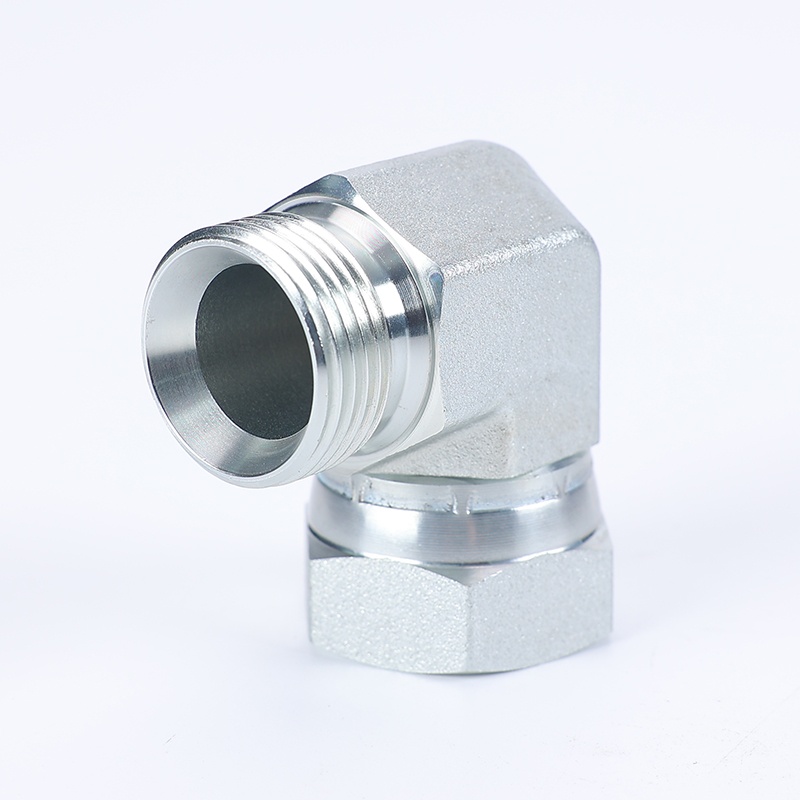Understanding Transition Joints: Essential Connections for Different Materials
2025-02-12
In many industries, joining different materials together is a crucial challenge. Whether in construction, plumbing, or electrical applications, ensuring a strong and reliable connection between two dissimilar materials is essential for durability and performance. This is where transition joints come into play.
A transition joint is a specialized connection designed to securely join two different materials, such as metals and plastics or aluminum and copper. These joints help maintain structural integrity, prevent corrosion, and ensure smooth functionality in various applications.
In this blog, we will explore the importance of transition joints, their common applications, benefits, and factors to consider when selecting the right one for your needs.
What Is a Transition Joint?
A transition joint is a connecting element that allows different materials to be joined while maintaining electrical, mechanical, or thermal efficiency. Since different materials expand, contract, and conduct heat or electricity differently, a standard connection may not always be suitable. Transition joints are designed to handle these variations, ensuring stability and preventing material degradation over time.
Common Applications of Transition Joints
Transition joints are widely used in industries that require strong and durable connections between different materials. Some of the most common applications include:
1. Electrical Systems
In electrical applications, transition joints are used to connect copper and aluminum conductors. Since these metals have different electrical properties and corrosion tendencies, a specialized joint prevents oxidation and ensures a stable electrical flow.
2. Pipeline and Plumbing Systems
Plumbing systems often require connections between different pipe materials, such as copper and plastic or steel and aluminum. Transition joints help create leak-proof seals, ensuring efficient water flow and long-lasting durability.
3. Aerospace and Automotive Industries
Aircraft and vehicle manufacturing often involve lightweight materials like aluminum being joined to stronger materials such as steel. Transition joints provide a secure bond while allowing for different rates of thermal expansion.
4. Heat Exchangers and Industrial Equipment
In heat exchangers, boilers, and other industrial equipment, transition joints help connect metals with different thermal properties. These joints ensure efficient heat transfer while preventing damage due to temperature fluctuations.
Benefits of Using Transition Joints
Transition joints offer several advantages that make them an essential component in various industries.
1. Improved Durability
By accommodating the differences in material properties, transition joints prevent stress, cracking, and early failure, increasing the lifespan of the connected components.
2. Corrosion Resistance
When two different metals come into contact, they may corrode due to electrochemical reactions. Transition joints help prevent this issue by incorporating protective layers or insulating materials.
3. Enhanced Mechanical Strength
Transition joints ensure a strong mechanical bond between materials, preventing separation or weakening under mechanical stress or environmental conditions.
4. Better Thermal and Electrical Conductivity
In applications where heat or electricity needs to pass through a connection, transition joints help maintain conductivity while minimizing resistance or energy loss.
5. Cost-Effective Solutions
Instead of using complex welding or bonding techniques, transition joints provide a simple and efficient way to connect materials, reducing labor and maintenance costs.
Choosing the Right Transition Joint
Selecting the right transition joint depends on several factors, including:
- Material Compatibility: Ensure that the joint is designed to connect the specific materials you are working with.
- Environmental Conditions: Consider factors such as temperature changes, moisture exposure, and potential chemical interactions.
- Mechanical and Electrical Requirements: Choose a joint that meets the necessary strength, conductivity, or insulation needs.
- Installation Method: Some transition joints require welding, while others use compression fittings or adhesive bonding. Select a method that suits your application.
Conclusion
Transition joints play a critical role in ensuring reliable and long-lasting connections between different materials. Whether in electrical systems, plumbing, aerospace, or industrial equipment, these joints help improve performance, durability, and efficiency. By selecting the right transition joint for your application, you can prevent material failure, reduce maintenance costs, and enhance the overall stability of your projects.



